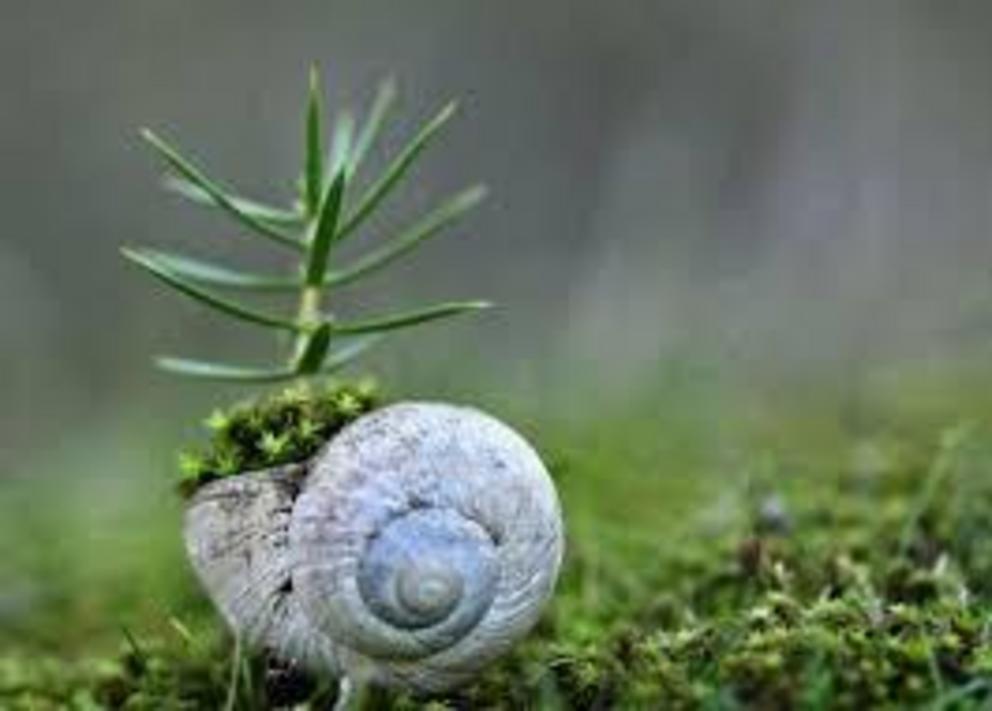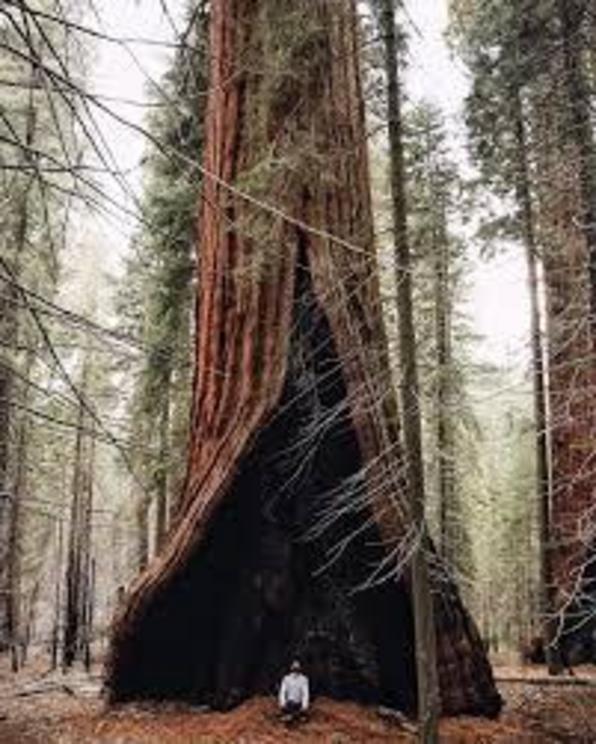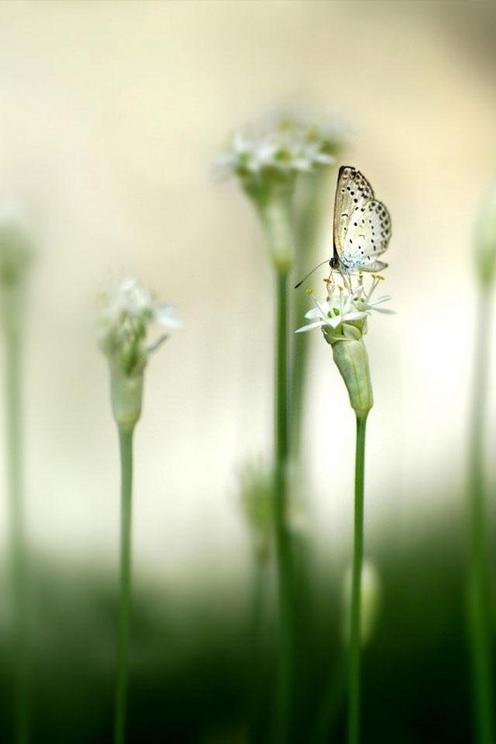What we can learn from plants
Plants are not just the source of all our oxygen; they’re the source of all our joy. An article by Bob Makransky, author of Magical Living.
This young woman knew that she would die in the next few days. But when I talked to her she was cheerful in spite of this knowledge. “I am grateful that fate has hit me so hard,” she told me. “In my former lif I was spoiled and did not take spiritual accomplishments seriously.” Pointing through the window of the hut, she said, “This tree here is the only friend I have in my loneliness.” Through that window she could see just one branch of a chestnut tree, and on the branch were two blossoms. “I often talk to this tree,” she said to me. I was startled and didn’t quite know how to take her words. Was she delirious? Did she have occasional hallucinations? Anxiously I asked her if the tree replied. “Yes.” What did it say to her? She answered, “It said to me, ‘I am here – I am here – I am Life, eternal life.’” -- Viktor Frankl, Man’s Search for Meaning

What we can learn from plants is how to be joyous. We can’t learn that from other people, usually, because the setup with other people isn’t to be joyous; on the contrary, it is to be fearful, close-hearted, and uptight. Therefore, to learn to be joyous, we have to go to the plants. If we can first learn to be joyous from the plants – who aren’t out to cause us grief – we can then learn to be joyous with our fellow humans.
Of course, the joy we receive from plants doesn’t have all the ego zing of a sexy partner, or a mother’s approval, or the boss’s congratulations; but it’s always there. That’s the nice thing. No matter how horribly our lives are going, or how much rejection other people heap upon us, the plants are always there being happy.
 pintrest
pintrest
At a nearby airport there is a hedge in front of the entrance for departing passengers, and when the wind blows across the hedge the shrubs wave “Bye-bye! Bon Voyage! Feliz Viaje!” to all the passengers. Nobody pays any attention to them, but the plants don’t care. They don’t need people’s acknowledgment and validation to be happy. They’re just there, pouring love out into the world. That’s their job, and the people passing by receive that love whether they’re consciously aware of it or not.
The plants are what keep this from being a hell world. There are no plants in a hell world. The plants in this world are not just the bottom of the food chain; they’re anchoring all of us uptight animals to the earth’s love. They aren’t just the source of all our oxygen; they’re the source of all our joy. They just sit there casting joy out all over the place.
What we can learn from plants is that there is love surrounding us all the time, every minute, had we but the wit to see it, feel it. We are being offered love all the time, but we reject it because we don’t understand that’s what love is. We think love should be zappier, instead of quiet and peaceful and waving in the wind.
The love which plants offer us – the sound of leaves rustling, the smell of pine needles – is all there is. This is not a poetic metaphor: it’s a cold, hard fact of life. If we want / need / desire something to make us happy beyond what the plants offer us, then we’re just out of luck, because that’s all there is. If we can’t find happiness in what’s going on outside our windows right this minute, then we’re just out of luck.
To tune into plants is quite simple. First of all, you must have the conviction that there is indeed something you can learn from plants. You can’t go in there with the attitude that you’re better, smarter, or superior to a plant. We’re all taught that we’re superior to plants, just as we’re taught that we’re superior to other people. And just as we don’t pay much attention to the people we think we’re superior to, we can’t tune into the feelings of plants if we think we’re superior to them. It isn’t hard to overcome this prejudice if we just bear in mind that in the only thing that really matters in life – being joyous unto one’s self – plants have it all over us humans.
Go to the plants every single day, for at least fifteen minutes or half an hour. Go sit out under a tree – perhaps during lunch break. It’s better to make such a space for yourself during the day, as a break from the buzz-buzz, but do it at night if you can’t find time during the day. But go every day, preferably alone, without fail. Make it the most important item on your agenda – that this brief time you take for yourself with the plants is inviolable. If you make such a firm decision – that being joyous is an unalterable priority in your life – then the joy itself will follow naturally.
No specific instructions are needed on where you should go or what you should do there. If there’s some specific tree or woods or meadow that calls your attention, then go there. If not, just go where you feel like going, or where you conveniently can go. Get away from people, if possible, and do what you feel like doing. There is no particular procedure, and you should have no particular expectations. Maybe the plants will start talking to you; if you ask them to nicely, they will. If not, you may never feel anything out of the ordinary except for a subtle feeling of relaxation, a general lightening up of your entire life, as time goes on.
What the plants are offering us is true love, if we take the trouble to avail ourselves of it. They will give it to us whether we feel what they are doing to us or not, whether we are consciously aware of it or not. So don’t worry if you can’t seem to feel with the plants in the beginning. All you have to do is to make a firm commitment to put yourself under their tutelage, and they will find a way to do the rest.

Be assured that the plants are actually acting on you. It takes a while to pick up the thread of what they’re doing to you, but after a while you find they can calm you down and soothe you, no matter what kind of frenzy is going on in your world of people.
In other words, the interactions we have with plants are of a different order than the interactions we have going on with people. We interact with plants on an intuitive level, a feeling level; whereas we interact with other people on a thought form level (of images, expectations, defenses, competition, etc.). Most of us have forgotten how to relate on a feeling level, but the plants themselves will teach us how to do this if we make a serious effort to learn, in a day-by-day fashion.
You can’t expect immediate results, but surely after six or eight months of going to the plants every day you should at least be beginning to understand what the plants are doing to you. When you get to the place where your hiatus with the plants is the high point of your daily routine – the part of your day which you most eagerly anticipate – then you can be said to have arrived: to understand what we can learn from plants.
For full references please use source link below.

